The F1 Sprint format has divided opinion ever since it was introduced in 2021.
Every year thereafter, the format has changed with the current schedule seeing a second qualifying session take place on Saturday morning that sets the grid for the Sprint itself.
Previously, the result of the sprint race set the final grid for the Grand Prix but through all of the alterations, the shorter race has more often than not given away secrets for the main event that would have otherwise created tension and excitement.
There are currently talks underway to make changes once again next year in order to further streamline the format and make it less confusing for fans - but ironically, the constant changes to the format are likely conjuring much of that puzzlement.
It’s imperative that F1 now picks a route and sticks with it and despite many teams and drivers wanting the sport to be rid of the sprint, it’s clear that F1 has no intention to bin them.
Last weekend in Brazil, Sergio Perez suggested what would be the most radical change to the sprint format yet.
"I would propose a reverse grid or something like that, to make it more interesting for the fans because I don't think it's working, what we want to achieve," he explained to media including RacingNews365.
"I think it will mix up things. It would create more opportunities, a lot more overtaking. If we want to keep this format, give it a go on something quite different."
How would a reverse grid work?
The suggestion of introducing reverse grid races is not new for F1 but it is rare to see a driver advocating for what would be one of the biggest rule changes in the history of the championship.
Formula 2, seen as the final stepping stone a driver takes before F1, utilises the regulation by swapping the top ten around in qualifying for their Sprint Race. Formula 3 does it as well but accommodates for the larger grid by swapping the top 12.
A key aspect of the Sprint format was that there would be three days of excitement, with competitive sessions present on each day of the weekend.
But we’ve already seen this year that the sole practice session before qualifying creates problems as teams have little time to optimise their set-up, which ultimately led to the disqualification of Lewis Hamilton and Charles Leclerc in the United States for excessive plank wear.
There is also the matter of parc ferme as the cars are locked in after those 60 minutes of practice, just one-third of the usual allocation during a traditional format.
Here’s a suggestion - reinstate two practice sessions on Friday and implement parc ferme conditions before the cars hit the track for qualifying, which would be the first session on Saturday.
This would then set the grid for Sunday’s Grand Prix, but take the top 10 from the session and flip them around to form the grid for the sprint race. Problems would arise if F1 swapped the entire grid, as it would likely create the scenario of teams going as slow as possible if they accept a top 10 result is out of the question.
F1 would also have to further adapt the traditional qualifying format as with just 10 cars remaining in the Q3 segment, an outlier like a Williams or an AlphaTauri could position itself to ensure it’s the slowest car of the session.
This could mean a similar session to Formula 2 with drivers having just one session of 30 minutes to get their times on the board.
But with Pirelli experimenting over bringing fewer tyres to race weekends, this could result in cars being sat in the garage until late on in the session before attacking the track.
Below is how the revised grid for the Sprint race would look, based on this author’s idea.
Revised Austrian GP Sprint starting grid
| Position | Driver | Team |
|---|---|---|
| 1. | Alexanader Albon | Williams |
| 2. | Pierre Gasly | Alpine |
| 3. | Nico Hulkenberg | Haas |
| 4. | Fernando Alonso | Aston Martin |
| 5. | Lance Stroll | Aston Martin |
| 6. | Lewis Hamilton | Mercedes |
| 7. | Lando Norris | McLaren |
| 8. | Carlos Sainz | Ferrari |
| 9. | Charles Leclerc | Ferrari |
| 10. | Max Verstappen | Red Bull |
Would it create more racing?
The simple answer is yes - it would create more racing as it constructs the situation of faster cars starting further behind slower ones. But that doesn't necessarily mean better racing.
Simple flybys on a DRS straight simply don’t cut it for excitement levels but each track has its own characteristics on how it produces battles - Brazil was a great example of how having two separate DRS detection points for straights close together can do wonders for keeping a recently overtaken car in play.
This could help some of the slower teams stay in contention and following on from that, reverse grids would likely play a huge role in deciding the Constructors’ Championship at the lower end of the grid.
For a team like Williams, starting at the front of the field and having the chance to score 10 points would be huge.
With a Haas also in the mix, it too would have a chance to seal points that would otherwise be a huge task to secure in a Grand Prix setting.
Not only would there be an exciting fight for pole position but there would be a heightened battle for the midfield teams to get into that top 10 and give themselves a greater chance for the remainder of the weekend.
For the purists, a win wouldn't count as a Grand Prix and would be absent in history books. For the newcomers who seek entertainment, it may well provide that. There's no telling how strong the quality of racing would be, as it largely depends on the closeness of the pecking order.
Reverse grid races are currently just a concept and it would certainly be the biggest racing change that F1 has introduced in decades - but in pursuit of the ultimate entertainment product, F1 may well conjure them into reality.
Most read
In this article
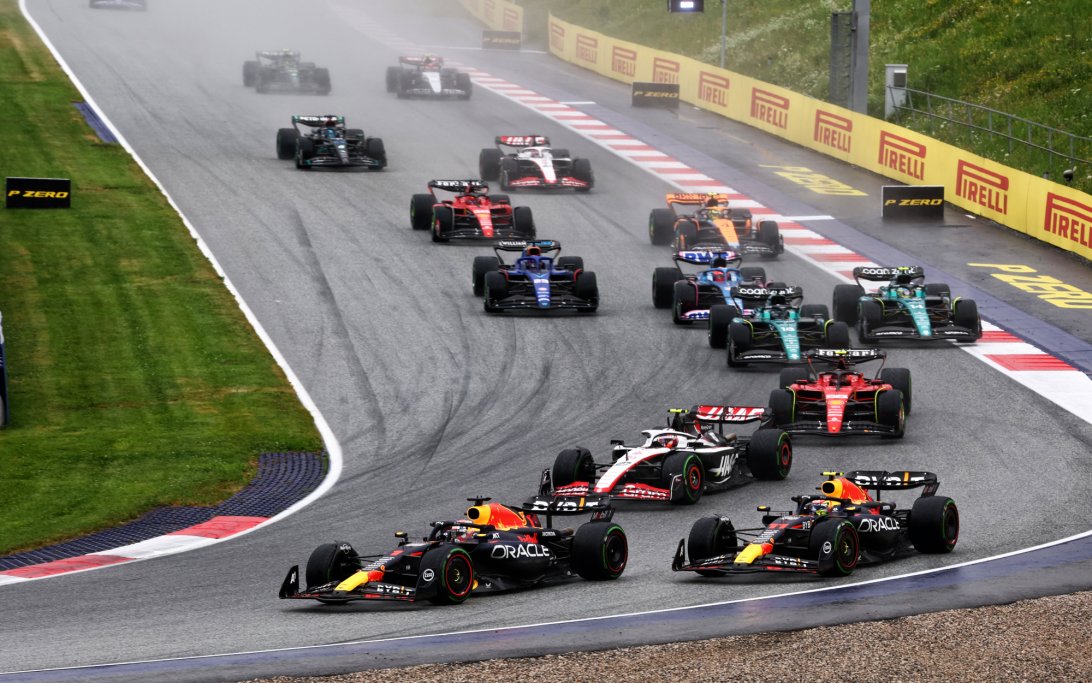
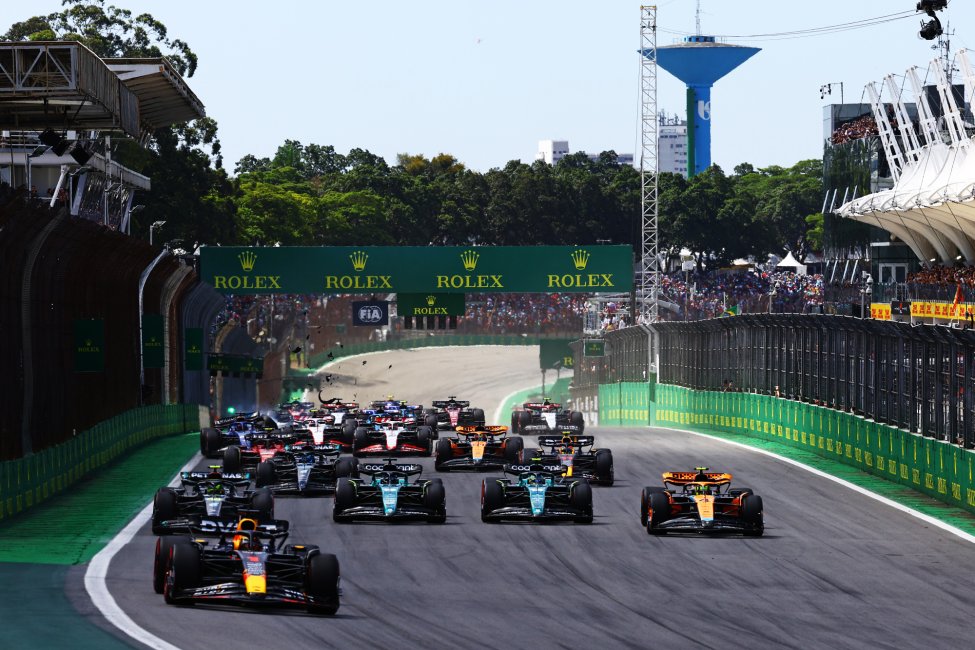
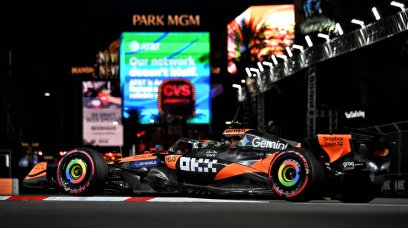
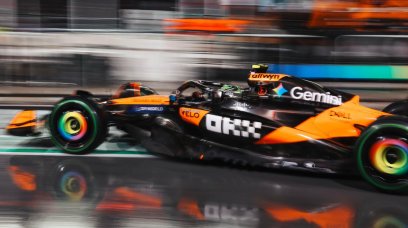

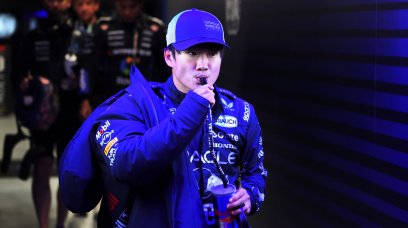
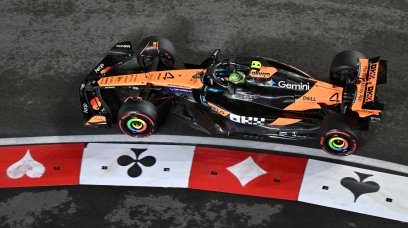
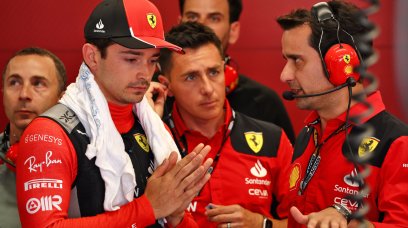
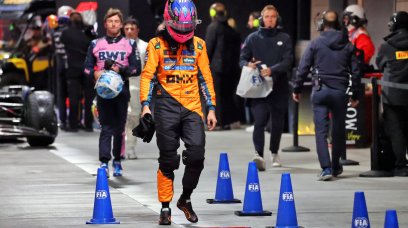
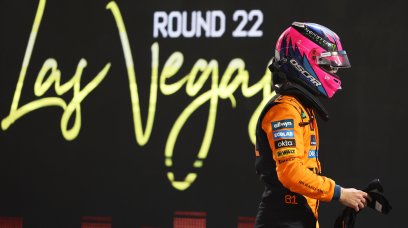












Join the conversation!